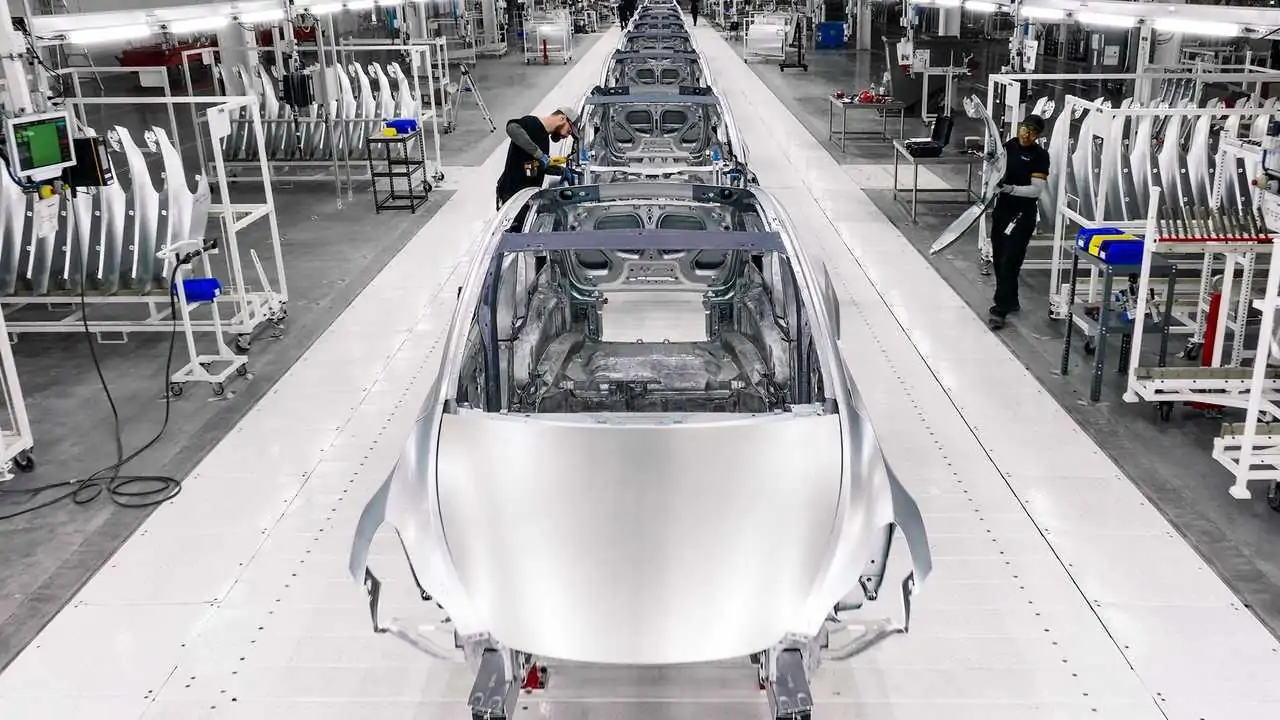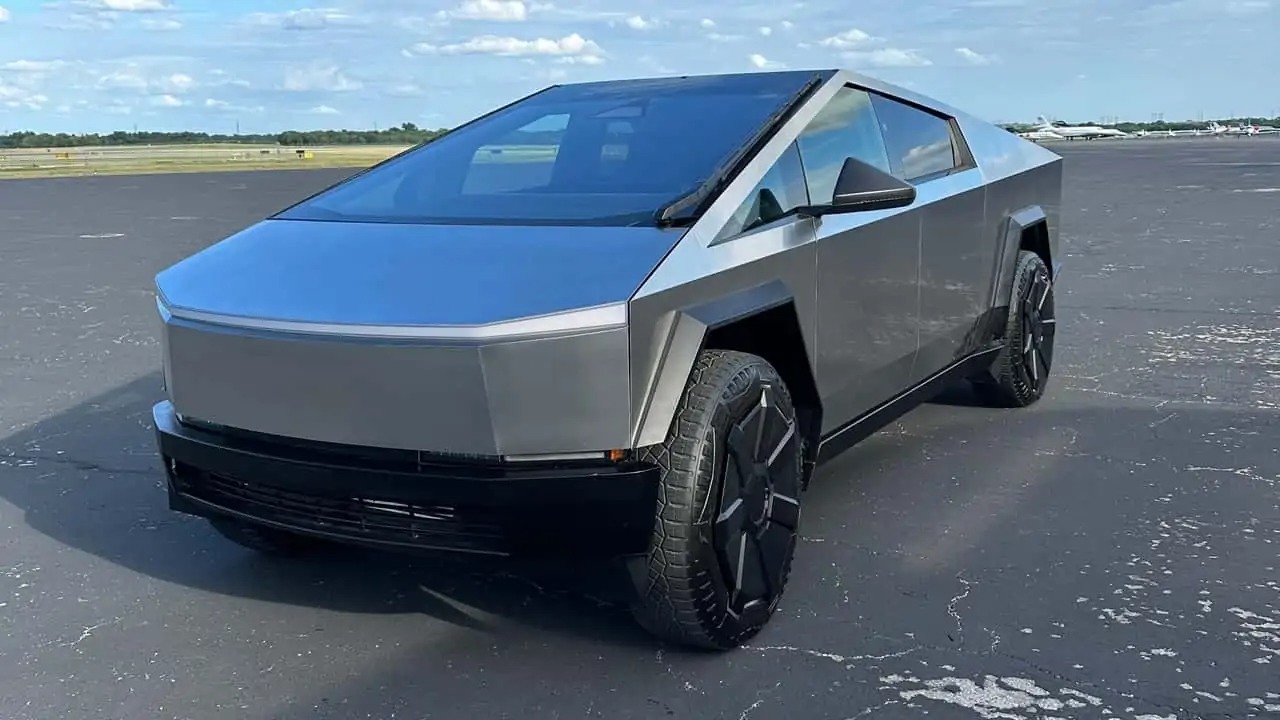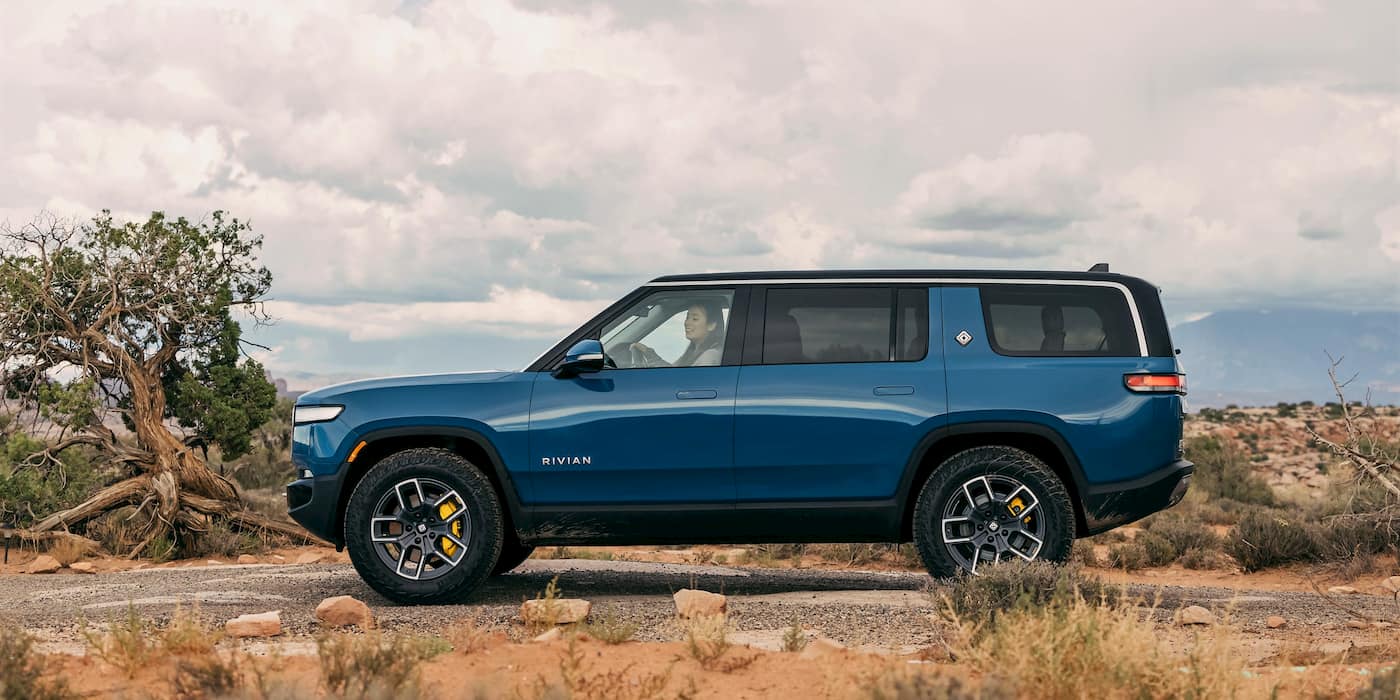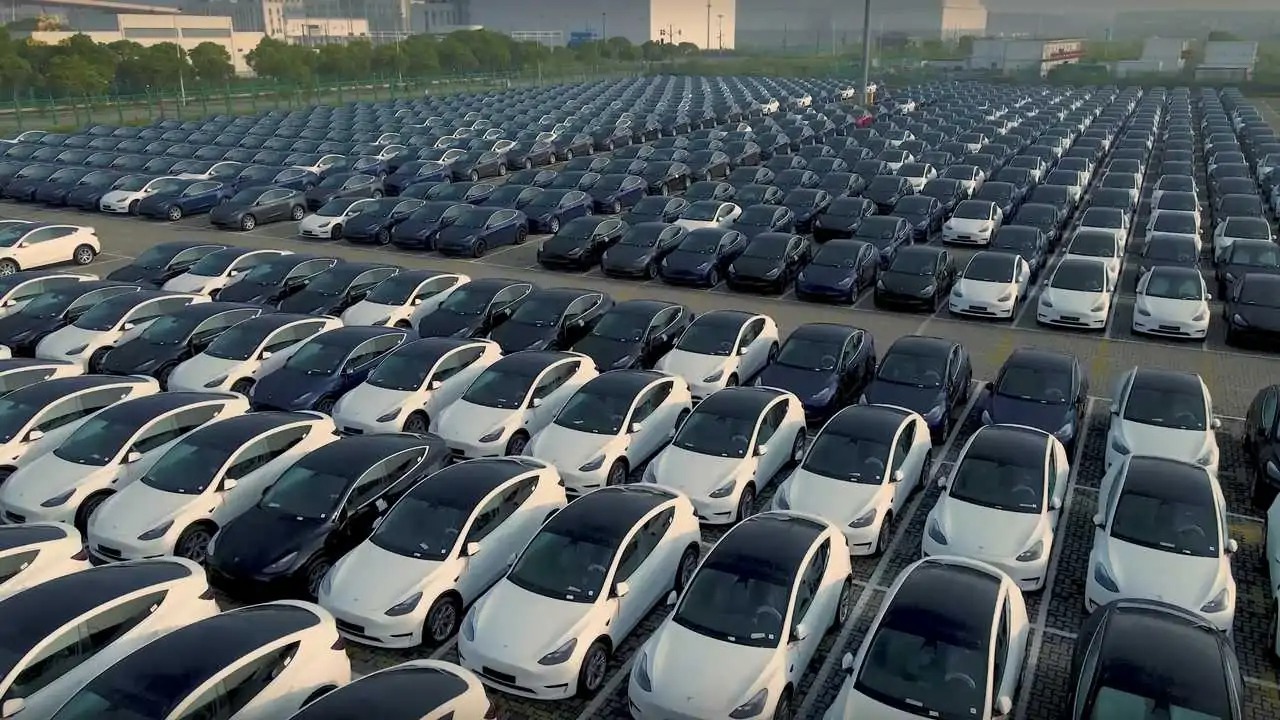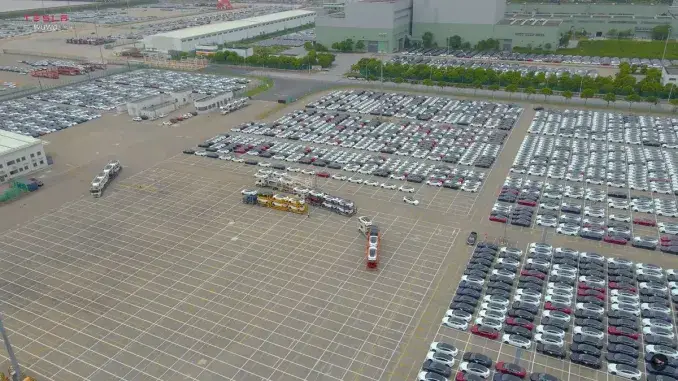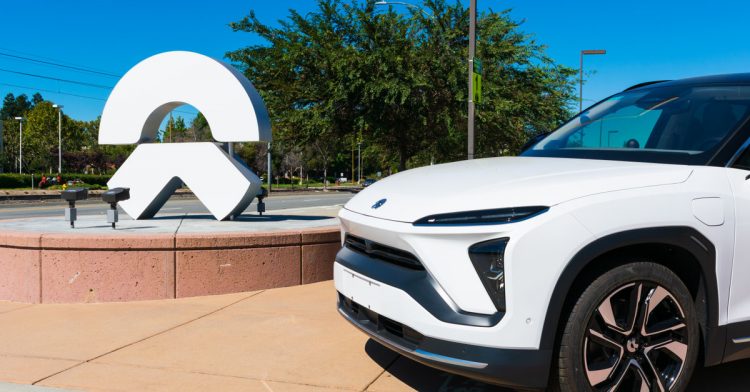In a significant technological advancement, sources with inside knowledge revealed that Tesla has made strides in perfecting the “gigacasting” process, potentially enabling the die casting of an entire electric vehicle’s complex underbody in a single piece. This development, reported by Reuters through anonymous insiders, could revolutionize Tesla’s electric vehicle (EV) manufacturing, substantially reducing production costs – a key objective for CEO Elon Musk.
Tesla’s “unboxed” manufacturing strategy, unveiled earlier this year, forms the foundation of this groundbreaking achievement. This strategy aligns with Musk’s ambitious plan to produce tens of millions of affordable EVs over the next decade while maintaining profitability.
The sources suggest that Tesla’s innovative design and manufacturing techniques might drastically accelerate the development timeline for new vehicles. While most competitors typically take 3-4 years to create a car from scratch, Tesla’s methods could potentially condense this timeframe to just 18-24 months.
At the heart of this breakthrough is the concept of a single large frame encompassing the front and rear sections, along with the central underbody housing the battery. This approach could debut in Tesla’s forthcoming $25,000 small EV, anticipated to launch by 2025, marking a paradigm shift in EV production.
The crux of this achievement revolves around the intricate design and testing of molds for mass production of such large components. Furthermore, the ability to incorporate hollow subframes with internal ribs to reduce weight and enhance safety has been a critical focus.
Tesla’s pioneering efforts in this domain are not confined to one location; instead, they involve collaboration with design and casting experts across the UK, Germany, Japan, and the United States. Key elements of this innovative approach encompass 3D printing and the utilization of industrial sand. The company has partnered with firms specializing in the creation of test molds using industrial sand and 3D printers.
The report delves into intricate technical details, but the central idea is clear: Tesla’s streamlined underbody design in its upcoming $25,000 small car provides a unique opportunity to employ the one-piece casting method, notably due to the absence of substantial front and rear overhangs and the simplified structure.
One source likened the design to “a battery tray with small wings attached to both ends,” making it conducive to a single-piece casting process.
From its inception, Elon Musk’s vision has been to achieve the daunting task of casting an entire underbody in one piece. As the sources reveal, Tesla is actively pursuing this vision, despite the inherent challenges, marking a pivotal moment in the evolution of electric vehicle manufacturing.

